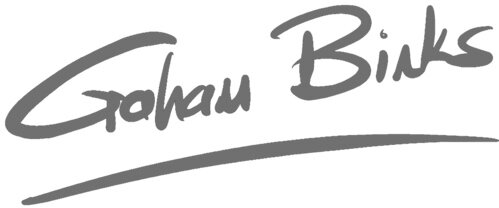Stop slip-slidin' away
/I get a lot of calls from leaders whose businesses are in crisis. The first step is clear—halt the slide towards disaster.
It's the second step that separates the winners from the also-rans.
The OED defines crisis as "a time when a difficult or important decision must be made". Just as every cloud has a silver lining, a crisis has the advantage of focusing attention on decisions and corrective action. This clarity is the reason that crisis is good—so long as it's recognized, then responded to appropriately.
Then comes the magical second step—immediately the course has been set away from impending doom, it's time to turn attention to preventative action. It's simply a matter of looking ahead, recognizing prospects. Try this scale to recognize improvement or deterioration in any given area of your business:
Calm: plain sailing—exceeding expectations
Chaos: confusion over what's going on—the outcome is unclear
Crisis: urgent action is required to avert disaster
Disaster: the worst outcome has occurred or cannot be avoided
Turns out that applying this scale to a specific topic within your business provides a useful perspective on planning, complementary to the traditional "best case scenario" approach.
Most importantly, none of the "C" conditions is inherently bad. Each can generate benefits if responded to appropriately, and each has its own challenges. Just stay away from the "D".
The first step is recognition of reality.
WHAT'S YOUR CONDITION?
Consider a particular element of your business. It could be your revenue performance to plan, a large and pivotal project, or your customer experience.
Now list all the reasons why this element could be at each level* on the scale. Which aspects are exceeding your expectations, which are confused or unclear, and which require urgent action to avert disaster.
Finally, look at your list and decide where you should take action.
BONUS CHALLENGE
Repeat this exercise for the top five elements of your business to provide a balanced perspective on where attention should be placed.
Trusting Technology is a book about forming ideas, exploring opportunities with customers and colleagues, and building your future together. Order you copy here . This article is also available in hardcopy as part of my 10-minute Reflections series of exercises—order volume 1 here and volume 2 here.

